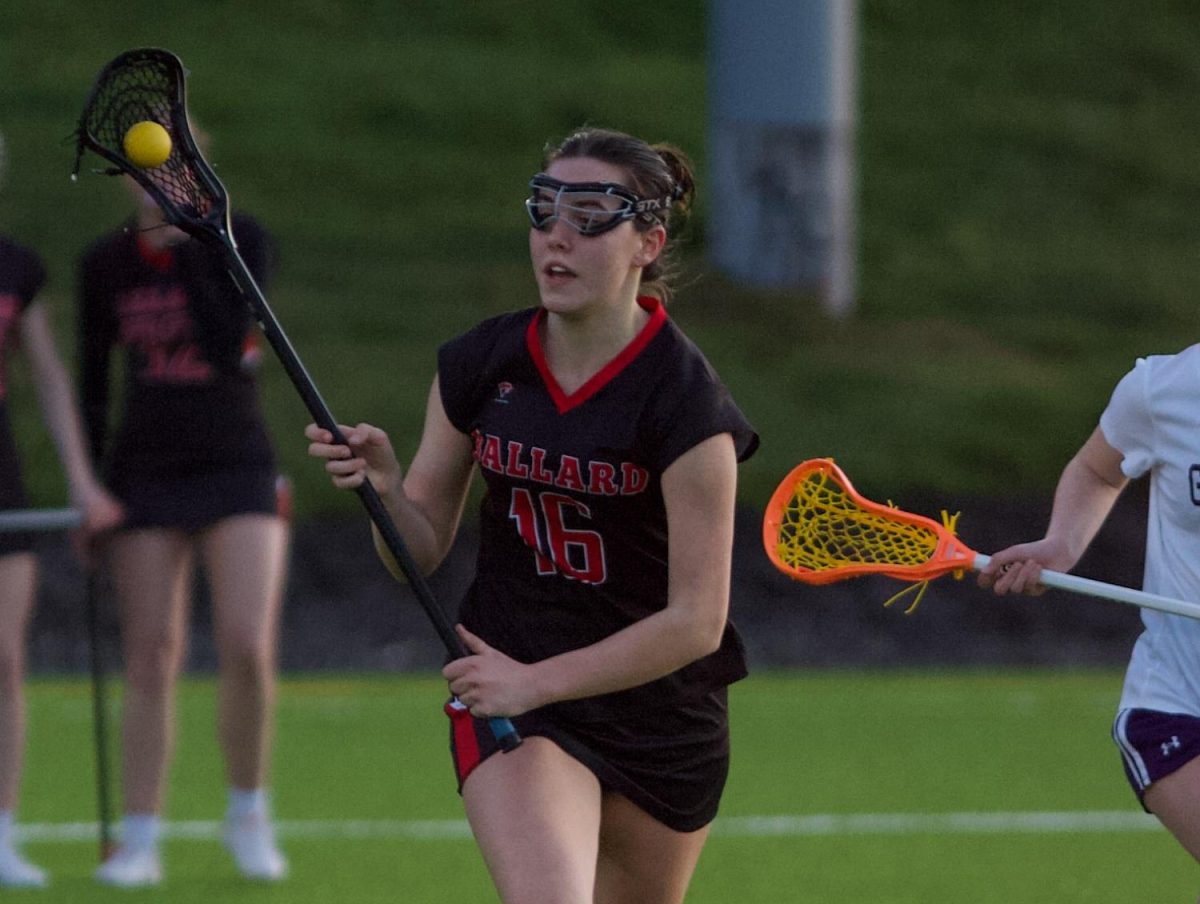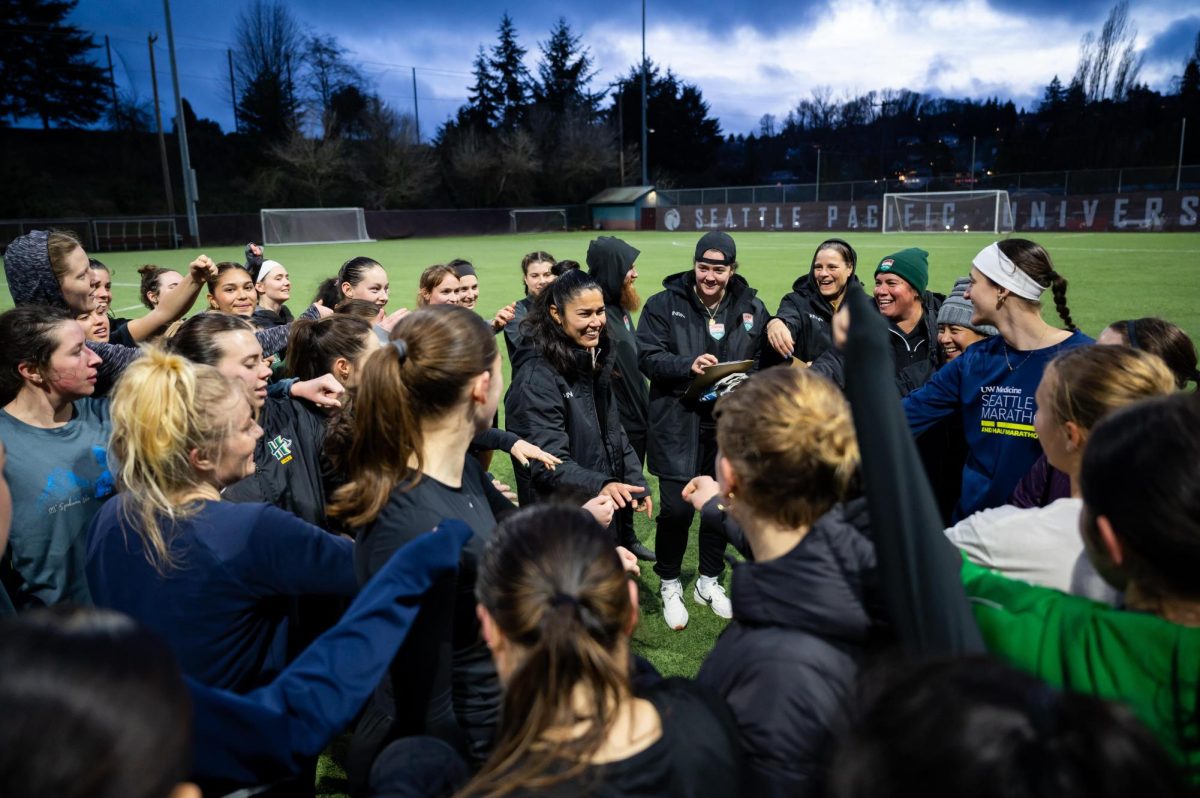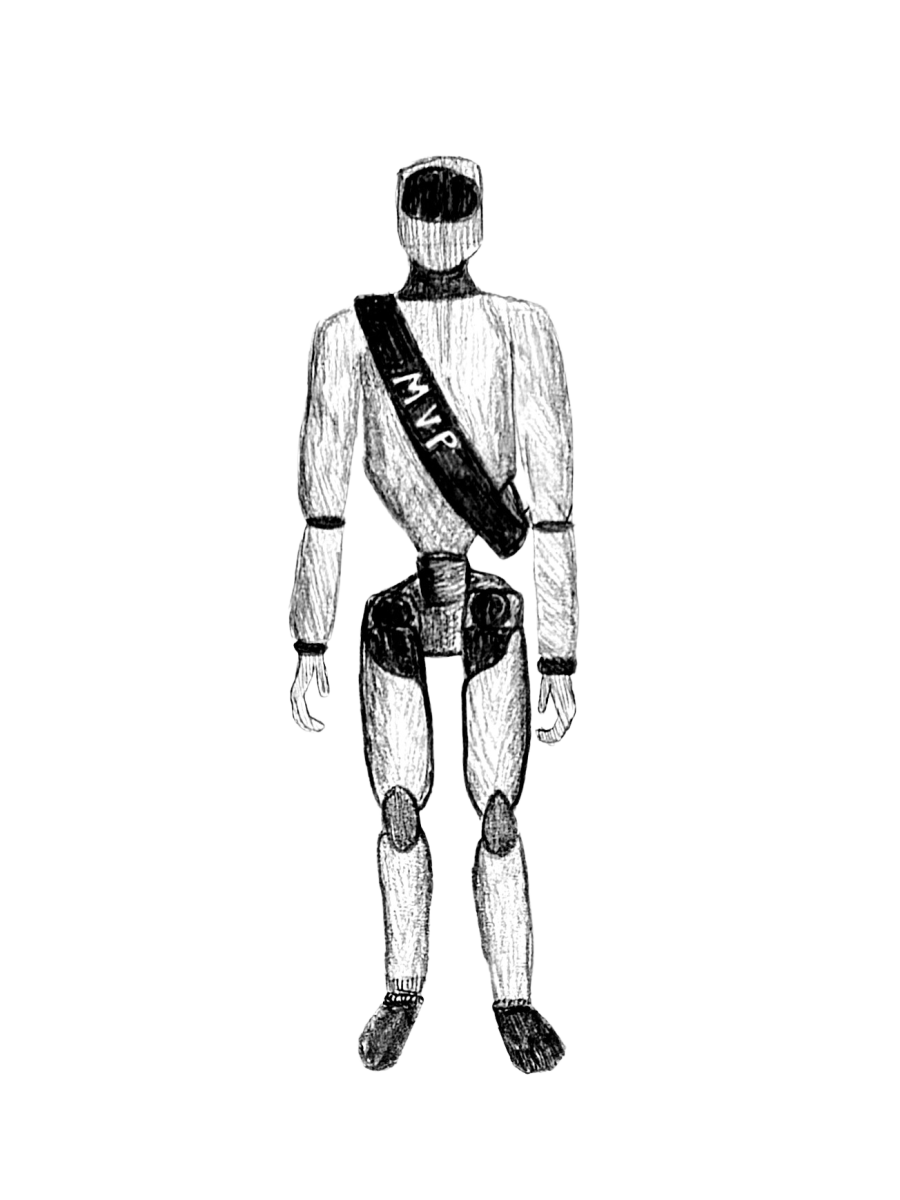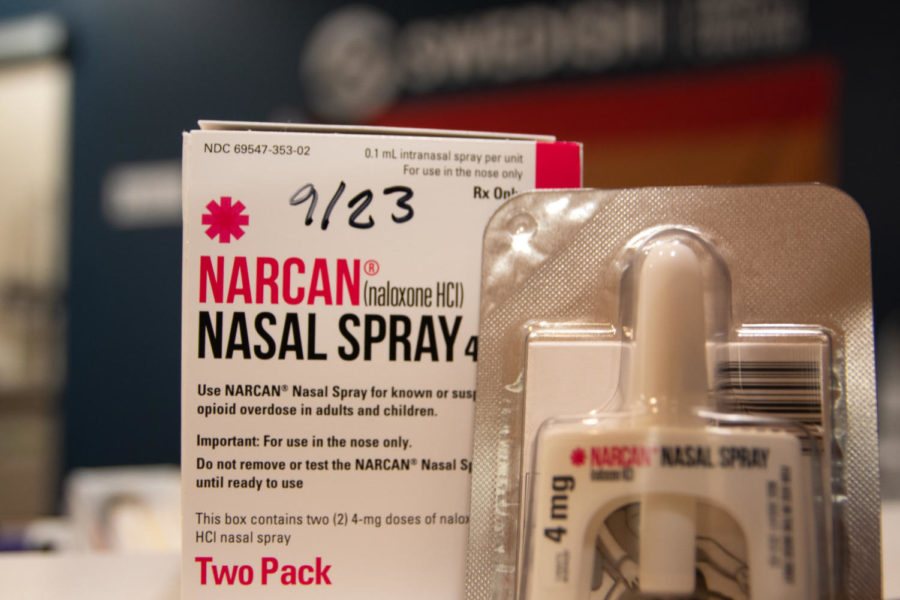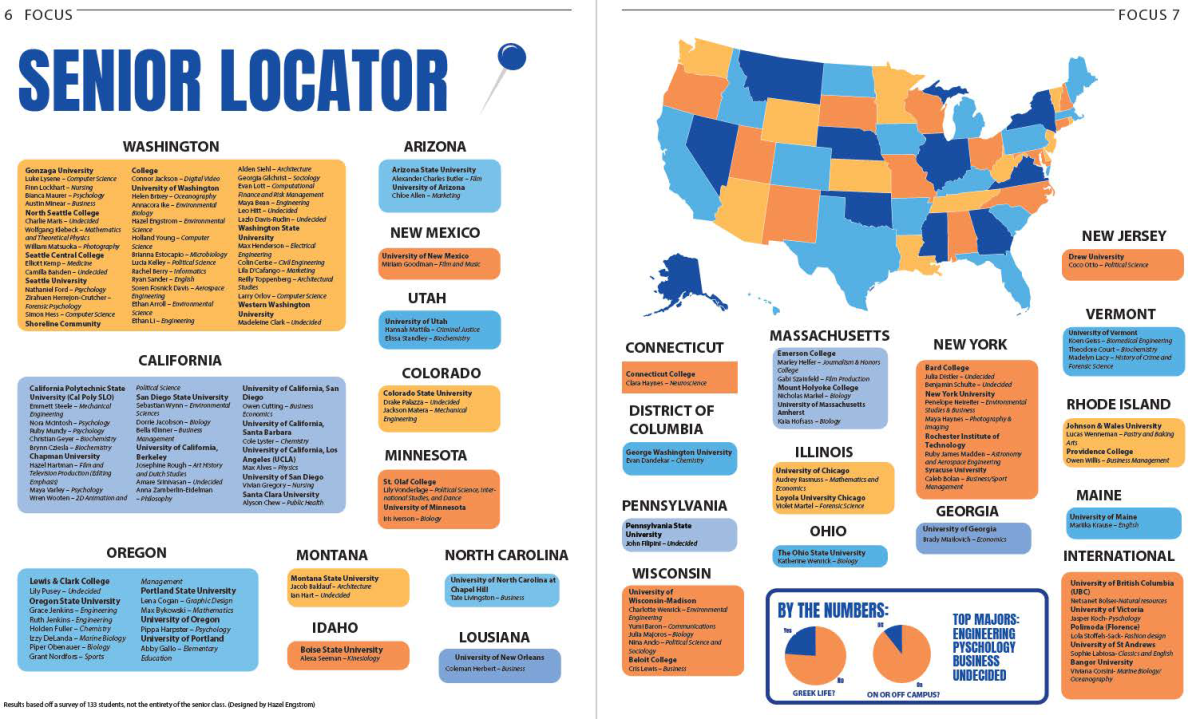Saving lives by acknowledging teen opioid use
SPS works to combat opioid epidemic through widespread overdose reversal drugs
The Teen Health center has free test strips and Narcan for any student who requests it.
April 21, 2023
In 2022, the King County Health Department recorded 1,002 deaths related to drug and alcohol use, 784 of which were the result of opioids. That means on average the county experienced around three overdose deaths per day last year, an approximate 41.3% increase from 2021.
For Karen Boudour, ARNP and Ballard Teen Health Center provider, these numbers have faces.
“There have been two fentanyl deaths in SPS this school year, so it always feels like to me the potential for a death or a really bad outcome is close to us,” Boudour said. “I mean, obviously, we are constantly worried about school shootings and other acts of violence, but I also feel like it is very likely we can, and we have, lost students to overdosing and that just isn’t talked about.”
Kristen Wilson-Weiberg, a public health nurse at King County explained that despite the severity of the epidemic, there is an accessible method of reversal.
“Naloxone (Narcan) works in an overdose by reversing serious or deadly central nervous system (CNS) depression due to opioids (narcotics), including depressed breathing, extreme drowsiness and loss of consciousness,” Wilson-Weiberg said. “This effect usually occurs in minutes.”
The Teen Health center has free test strips and Narcan for any student who requests it, one instance of a trend that both Wilson-Weiberg and Boudour have observed in their field.
“I think public health and the school district are really working hard in particular this year,” Boudour said. “I’ve seen a real uptake, uptick and outreach around opioid death prevention.”
Wilson-Wieberg shared that sentiment, detailing how specifically in downtown Seattle where she is located, many frequently walk in to pick up Naloxone.
“However, there are still far too many places where it is not accessible,” Wilson-Weiberg said.
While Naloxone and Narcan are key towards preventing the immediate effects of an opioid overdose, alone they can’t always guarantee survival.
“I think the important thing to know is that it’s short term. It’s working with those opioid receptors for a short time but anytime you use Narcan you need to call 911,” Boudour said. “Depending on how much you’ve taken and how far into its [your] system it is, you can just overdose all over again.”
While Boudour understands that some may be apprehensive to involve the authorities, she wants people to know that legal protections apply by the Good Samaritan law.
“Regardless of how old you are, if you report that someone is overdosing, the paramedics can come and get them, without interviewing any of you or calling the police,” Boudour said. “There is a lot out there that protects people that report overdoses, it doesn’t matter how old you are or even if you yourself have been using.”
Beyond understanding the legal protections and administrative steps of anti-overdose drugs like Narcan and Naloxone, Boudour emphasizes the importance of having them on hand.
“That doesn’t mean that you personally are using it,” Boudour said. “It’s like knowing CPR. It’s incredibly helpful if many people in the community know how to do this. Why not have it available and save someone’s life?”










